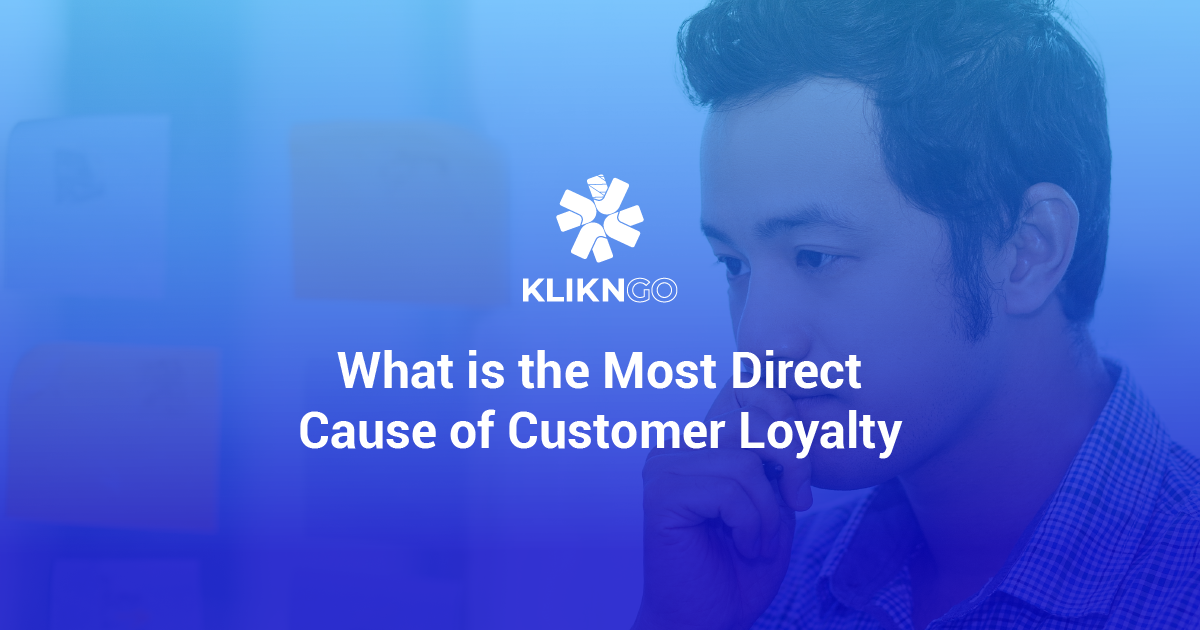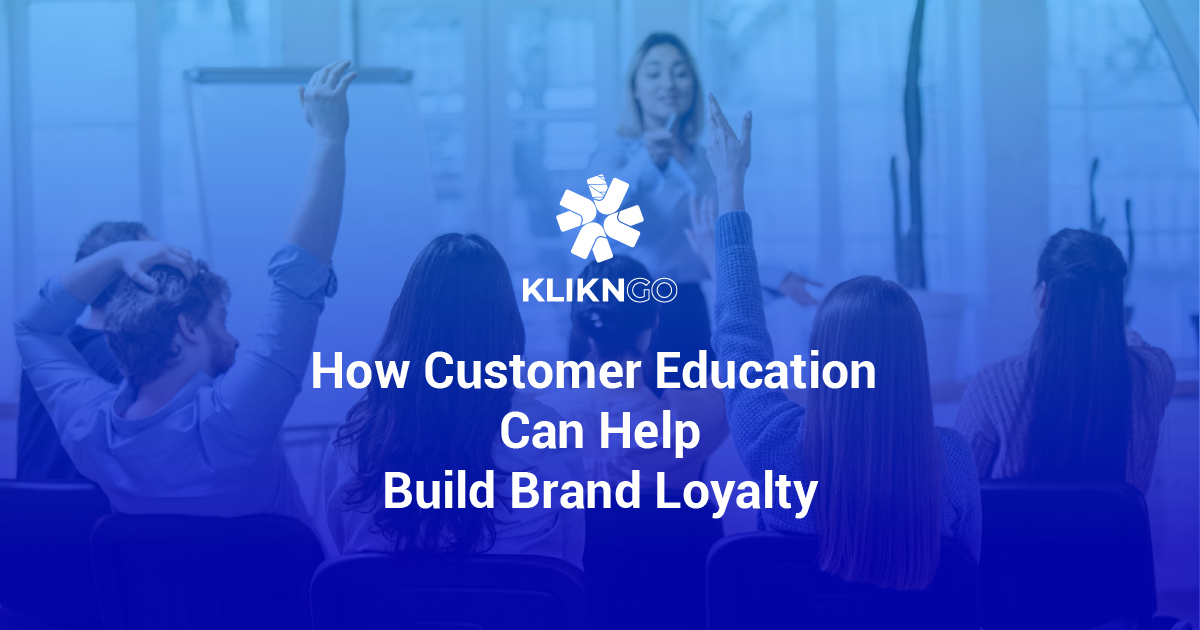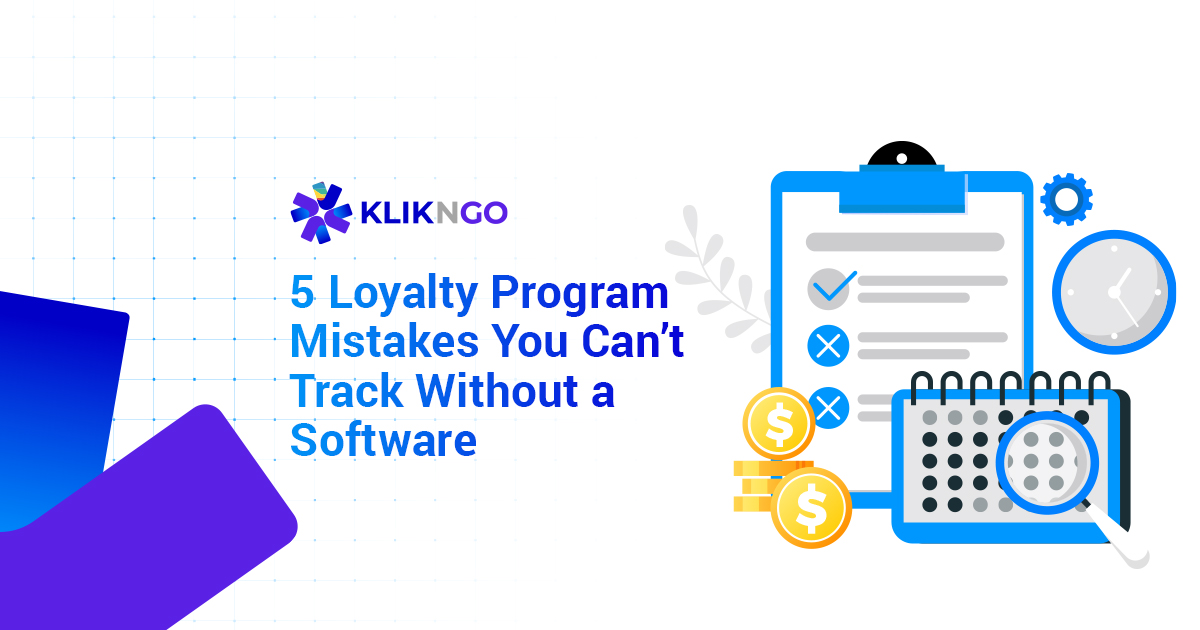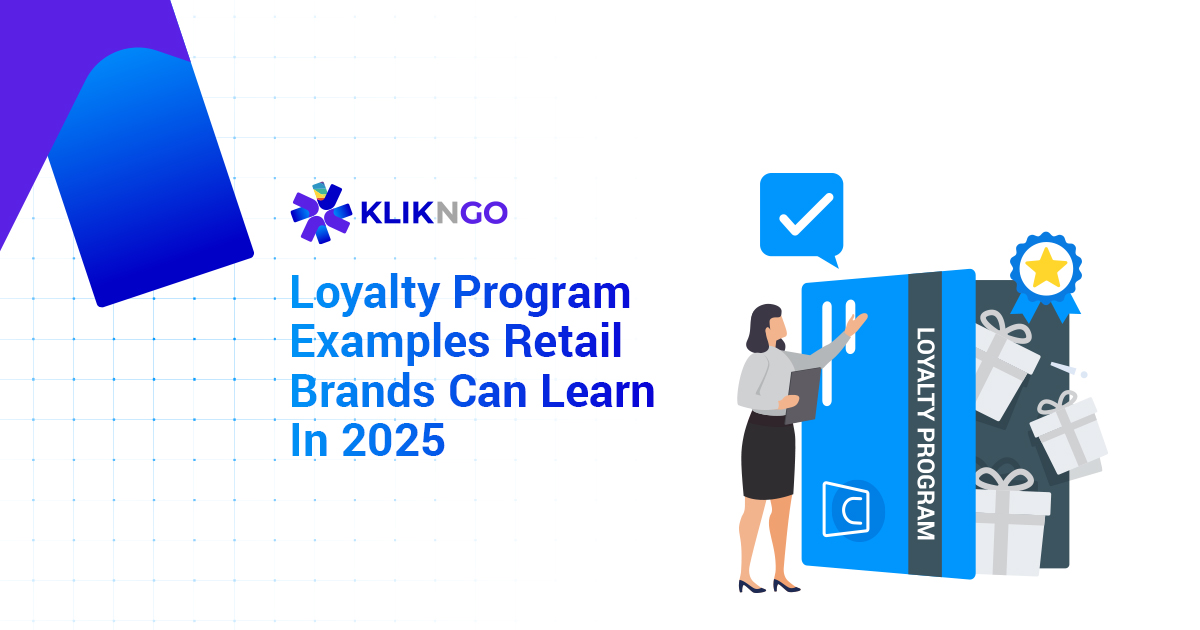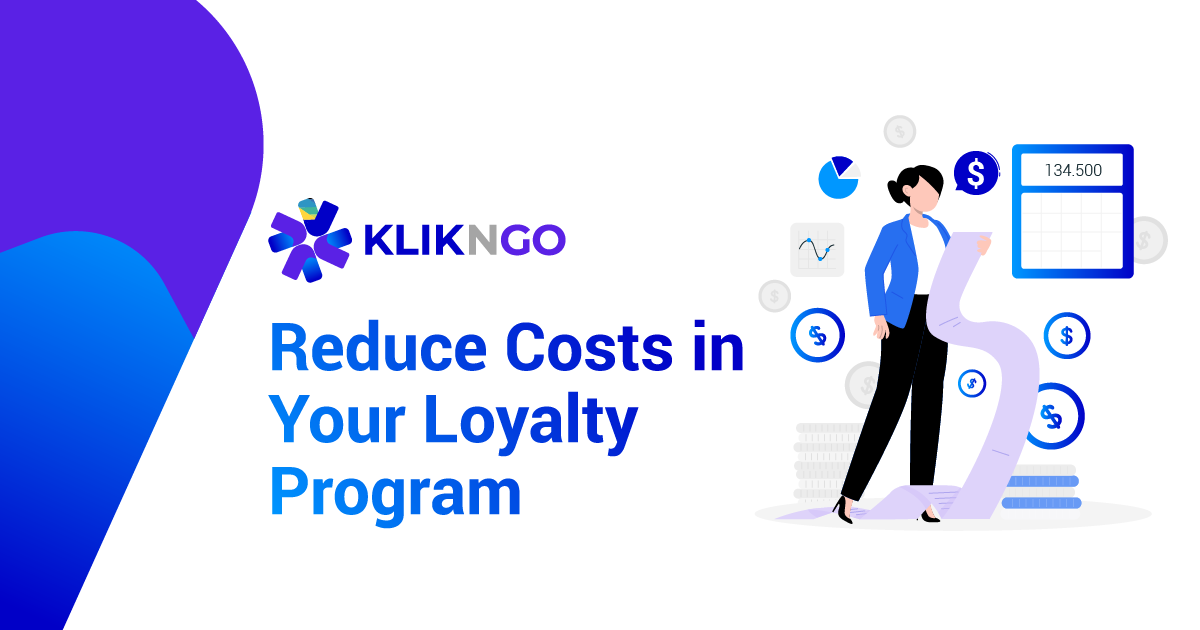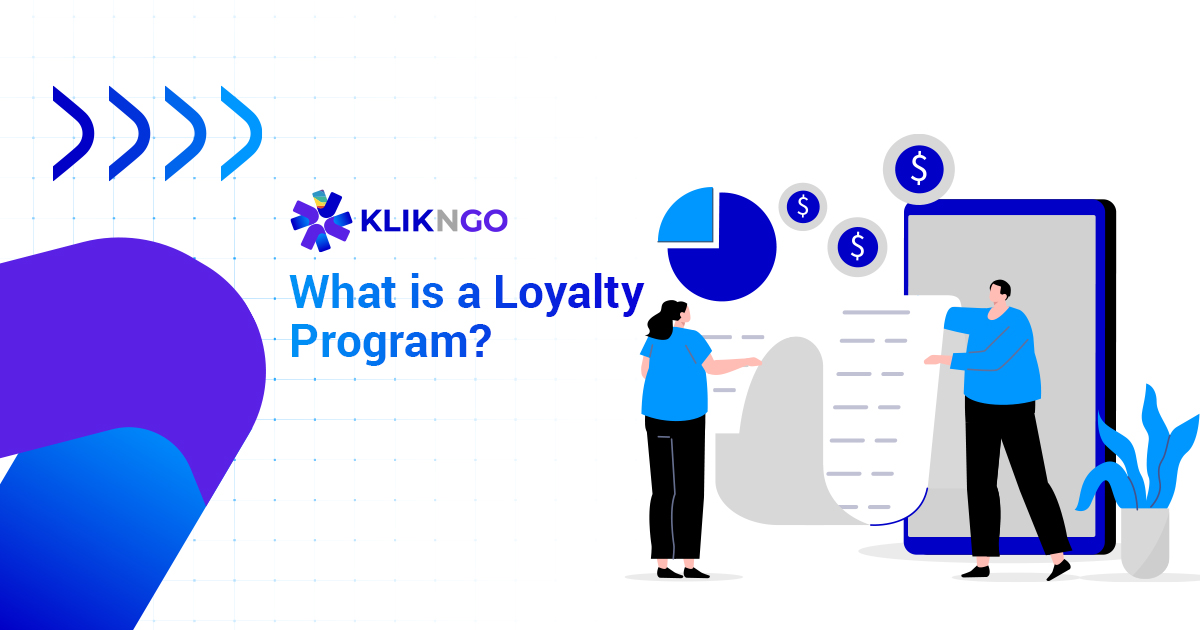How Do We Define Customer Loyalty?
Customer loyalty is the phenomenon whereby a customer or a segment of customers consistently choose a company’s products or services over their competitors.
Many things influence customer loyalty, namely the quality of products or services, unique selling points, price, and more. Different consumers will value and rank these factors differently, depending on what type of consumer they are.
Every company has its own unique points, yet for commodities—universal goods like fuel, power, and other utilities—it’s not that straightforward. Here, loyalty programs and value-added services become crucial in differentiating and retaining customers.
It’s also common for companies to adopt a loss-leader approach to build loyalty. This tactic involves taking a loss on certain products or services to attract customers, with the aim of recouping losses through additional sales or upselling.
What is the Most Direct Cause of Customer Loyalty?

The Quality of Product or Service
Without a doubt, the most important and direct cause of customer loyalty is a company’s product or service, and the value it provides in the market.
Regardless of how good everything else is, if the core product itself is mediocre, regardless of price, there won’t be a market for it.
Take Apple, for instance. They’re not just one of the big players in the smartphone world by chance.
People love and continue to buy their products because they consistently deliver a great experience that goes way beyond just the hype or the brand name.
They’re known for their seamless blend of software and hardware, which makes them a market leader, even though they’re priced at a much higher price, at least to most competitors.
But here’s the thing – customers are still willing to pay a premium for what Apple brings to the table, like those special, proprietary features you can’t get on Androids, like AirDrop, or iMessage.
And it’s not just Apple. Look at Google – which emphasizes user and customer experience over anything else, providing the best results that satisfy their searcher intent.
It’s why they’re pretty much the default search engine, owning a massive 90% of the search market, and they’ve done it without charging users or spending a fortune on ads.
Price Point & Perceived Value
Following product or service quality, the next important factor is the balance between price point and perceived value.
It’s essential that we highlight ‘perceived value’ rather than just price alone.
This distinction arises from the subjective nature of value. Some customers prioritize quality and are willing to pay a premium for it, thus remaining loyal regardless of price hikes.
We’ve broken down the three distinct customer segments, labeled A, B, and C, each with unique characteristics:
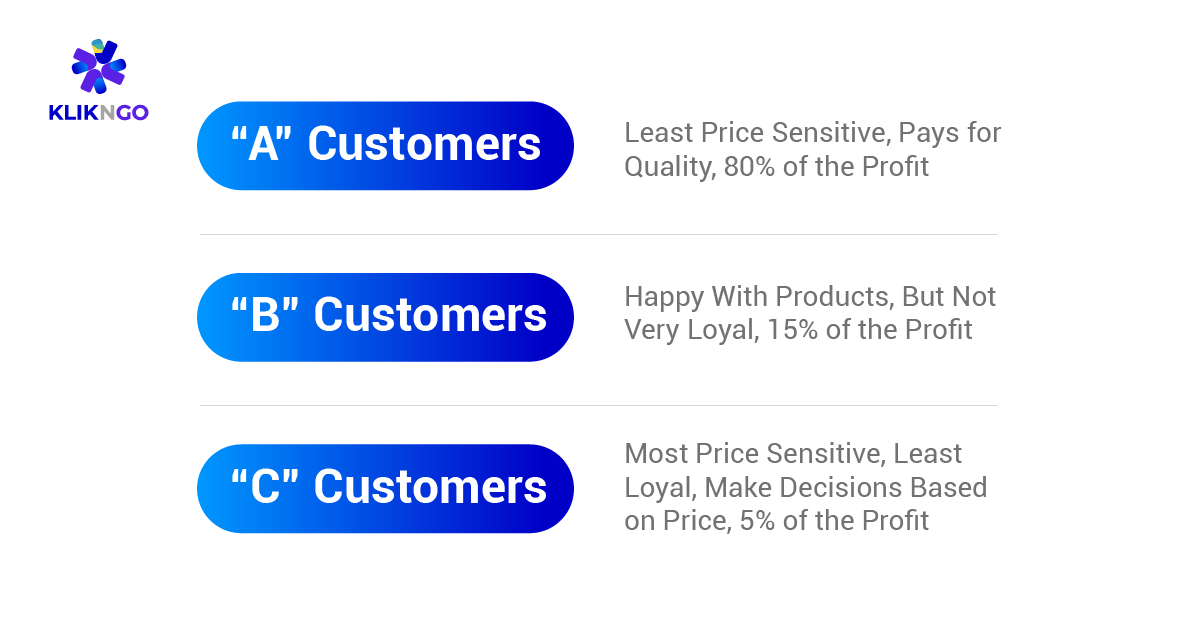
- “A” customers: This group is the epitome of brand loyalty. Heftier price tags usually don’t deter them; they look for superior quality and value a brand provides. They’re the ones who see worth in investing more in more premium products and services.
- “B” customers: Positioned just a notch below “A” customers, this segment likes what a brand has to offer but still keeps an eye on the price. They’re open to switching brands for cost savings. This is where the majority of consumers fall.
- “C” customers: For them, price trumps all. They’re swayed by price relatively easily and are usually the least brand-loyal. To them, aspects like customer service play a secondary role in the customer journey.
When considering value, it’s important to identify which customer segment you’re addressing. “A” customers will gravitate towards superior service, product quality, and additional perks like better customer service.
On the other hand, “C” customers are usually drawn to the most affordable options.
The objective at the end of the day, whether through price reduction or enhancing value in other areas, is to amplify the perceived value for every dollar they spend.
Customer Experience, Aftersales Service & Support
The quality of customer experience and service is often a close second to product quality in fostering customer loyalty.
This rings particularly true for service-oriented sectors such as salons and spas and also applies to higher-ticket industries like premium smartphones.
So for instance, Samsung has recently upped their game by extending their software support from the standard 3 years to an impressive 7 years in 2024.
This move has been met with enthusiasm from consumers, many of whom are switching to Samsung for their next device upgrade.
Tech reviewers, including the well-known MKBHD on YouTube, are giving Samsung props for this decision, making it a highlight of their reviews.
Moreover, the broader spectrum of customer service can’t be ignored, starting from the first interaction with ground staff to the conversations with customer service reps.
According to TASIL, in the telecom sector, poor customer service is a major driver of customer turnover and loyalty, with resolution speed and courteousness being key issues.
Therefore, you can’t ignore the customer service factor as one of the most direct causes of customer loyalty among corporations and businesses.
Other Important Factors Dictating Customer Loyalty
Aside from the 3 primary factors that we’ve mentioned, customer loyalty can also be dictated by secondary factors, which we can take a look at.
Value-Added Services
Value-added services are something that not many people talk about but we feel that it’s incredibly important, especially when your target customer base consists of mainly “A” customers.
Think of value-added services as exclusive privileges that enhance customer experiences, such as being granted access to a private lounge when flying with select airlines or being welcomed with complimentary champagne as a VIP guest at a hotel.
These seemingly small gestures can significantly influence customer loyalty, particularly among those who have consistently chosen your brand over time.
The perks are one thing, but the important thing is that you show that you appreciate the repeat business and recommendations from your most loyal customers.
Don’t believe us? This paper shows that hotel chains spend collectively 5% of the room’s price on these extra perks and value-added services.
Even when you buy things online with free shipping, it’s also considered a value-added service!
Overall Brand Image & Influence
Overall brand image and influence can also be a big factor for consumers. Brand positioning is a big factor, especially in the luxury fashion industry. However, brand image and influence are a lot more than that.
Let’s go back to Apple and their iMessage app as an example. Usually, when an iPhone receives a message from another iPhone user, the text bubble will appear blue. If the same iPhone receives a message from an Android phone on the other hand, it will appear green.
The green bubble was getting a lot of controversy towards the end of 2023, as many young people in the U.S., use the green bubble in the iMessage app to bully and mock their peers who use an Android phone.
Therefore, many people feel pressured to get an iPhone and stick with it, over an Android phone in order to fit in, a prime example of how brand influence plays a big factor in terms of customer loyalty.
How Consistent Your Products and Services Are
Maintaining consistency is also a big factor for customer loyalty, as it’s the key to making customers stick with your brand. The level of consistency required varies with how often customers use your products or services.
For restaurants that serve customers daily, consistency is vital and should be a primary focus.
From our observations, a restaurant may only get three opportunities to deliver consistent service before risking the loss of a loyal customer.
Consistency also involves quality control, ensuring all products meet the same high standards and requirements.
Taking Samsung as a case in point, they faced challenges with consistency in the early 2020s due to offering two versions of the same phone model: one with a Qualcomm Snapdragon processor and another with their own Exynos processor.
Independent reviews often found the Exynos variant underperforming in almost every aspect, despite being marketed as the same model.
This discrepancy led to a major letdown among consumers who felt they received an inferior product for the same price, especially in regions where the Exynos variant was sold.
So regardless of industry, consistency is one of the biggest direct causes of customer loyalty, though as we’ve mentioned, the degree of importance varies from industry to industry!
Why It’s Important to Constantly Increase Customer Loyalty
Improving customer loyalty is crucial for businesses for several important reasons. Firstly, it boosts customer lifetime value by encouraging repeat business and reducing turnover – loyal customers tend to spend more, resulting in higher sales per customer.
This loyalty is especially critical in industries where products are viewed as similar, relying on loyalty programs and additional services to differentiate themselves, such as airlines and gas station chains.
Consistently delivering high-quality products and services fosters trust and reliability, essential for retaining loyal customers across all sectors.
Moreover, building a strong brand image through positive customer experiences enhances loyalty and expands brand influence.
For instance, brands like Apple demonstrate how customer loyalty extends beyond product performance, shaping societal trends and illustrating the broader impact of effective loyalty strategies on market positioning and long-term success.

